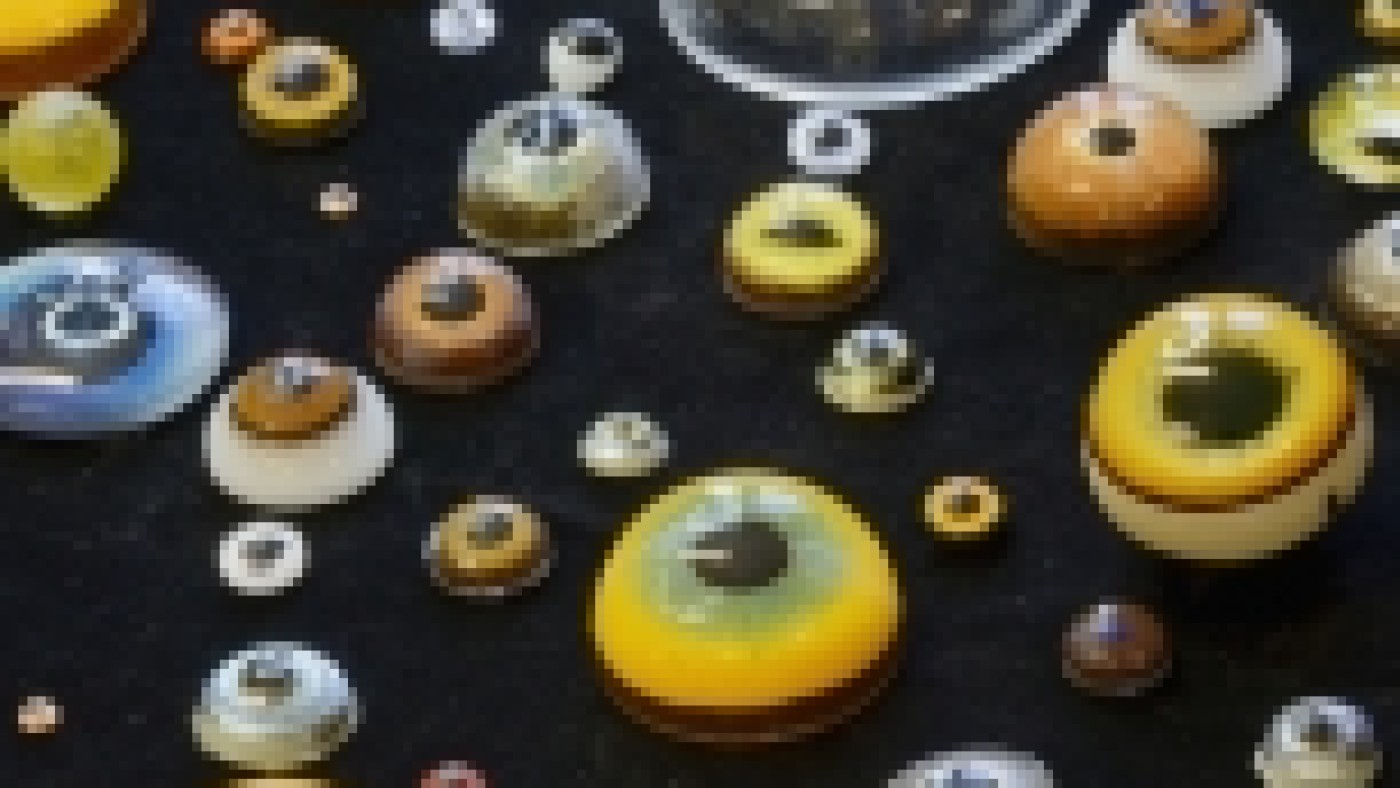The world of taxidermy and preparation
from 15. April 2015
Humans’ desire to preserve living objects in pristine condition is nothing new, as shown by the
mummification of people and animals in Ancient Egypt.
Humans’ desire to preserve living objects in pristine condition is nothing new, as shown by the mummification of people and animals in Ancient Egypt.
From the 19th century onwards the demand for attractive hunting trophies grew, resulting in new conservation and taxidermy techniques. While these early objects are today of great historical value, they not longer meet the demands of modern taxidermy, which has little in common with the “stuffed” animals of the past. Instead, 21st century taxidermy employs state-of-the-art materials and techniques such as polyurethane foam and epoxy resins, cryogenic freezing and vacuum treatment, air brushing and precision instruments in order to achieve the same aim: to preserve as much as possible of the original, or to create replicas as lifelike as possible using modelling techniques.
“The World of Taxidermy” special exhibition at the NHM Vienna gives a fascinating insight into the 200-year-old history of taxidermy, revealing how the art of preservation has changed over the centuries and model makers are today able to bring extinct species back to life.


